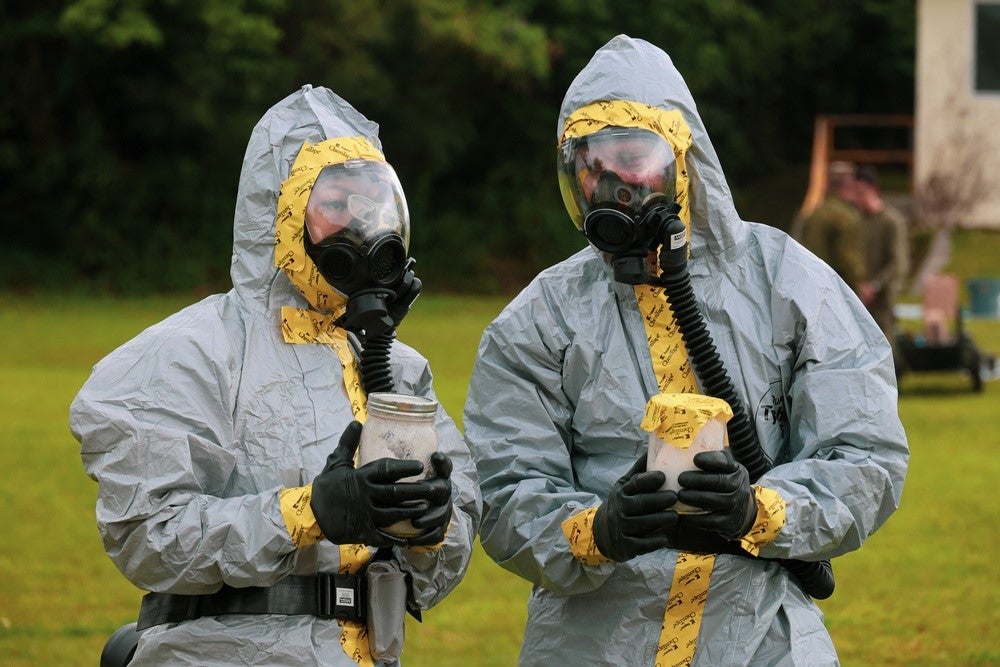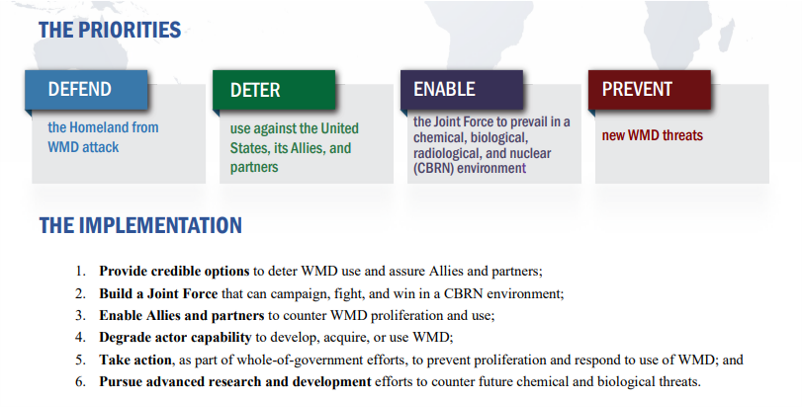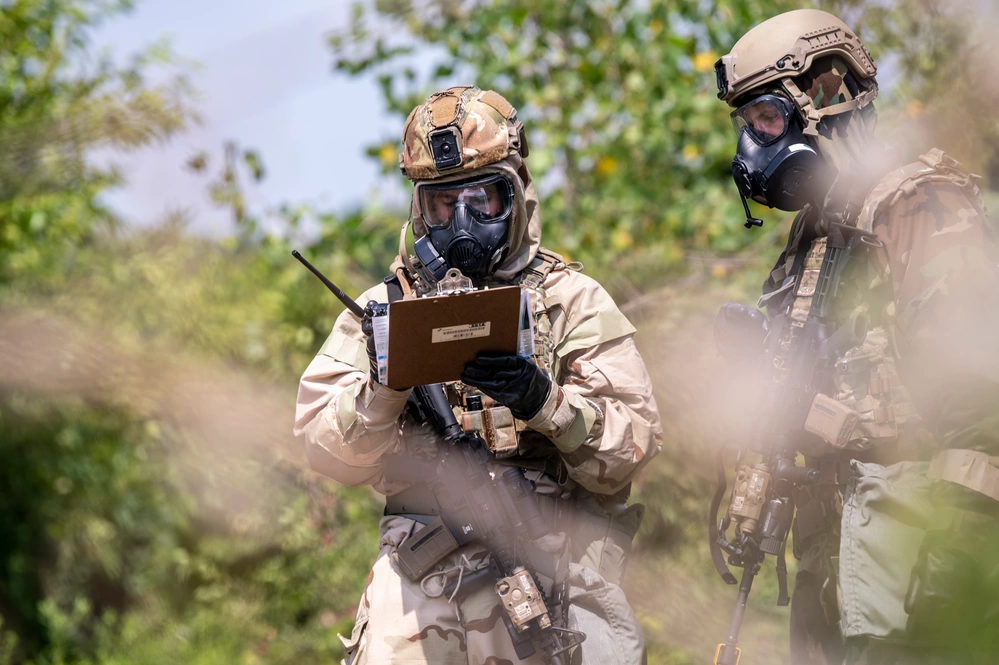Department of Defense Publishes Counter WMD Strategy
Last week, the US Department of Defense published its Counter Weapons of Mass Destruction (CWMD) Strategy – the first since 2014. According to Secretary of Defense Lloyd Austin:
“This Strategy reinforces other guidance provided in the Nuclear Posture Review, the Missile Defense Review, and the Biodefense Posture Review by clarifying the role of the CWMD mission within the Department’s overall approach to integrated deterrence and conflict.”
The new release brings the CWMD Strategy in line with more recent US strategic documents and policy. The 2014 document focused on the threat of WMD proliferation in fragile and failed states as well as terrorism; the new strategy is much more clearly focused on the now usual rival state threats- China, Russia, Iran and North Korea. Unlike most other documents, however, Russia continues to be identified as the greatest near-term WMD threat to the United States while China is identified as a pacing challenge.

While nuclear forces are very significant in terms of the strategy’s assessment of the global security environment, the strategy also closely considers chemical and biological threats posed by foreign state actors. In particular, the document highlights that Russia maintains biological and chemical programs in violation of the UN Chemical Weapons Convention as well as the Biological and Toxins Weapons Convention; it also raises concern about Chinese compliance noting a significant lack of transparency by the PRC. In addition to nation-state threats, the document also briefly notes that the risk of bio incidents, such as a deadly biological disease accidentally being released from a lab, are growing.

In order to meet these challenges, the Department of Defense outlines four priorities: the defense of the American homeland against WMD threats, the deterrence of WMD use, the capability to fight and win in a CBRN environment, and preventing the emergence of new CBRN threats.
The full document is available here.

